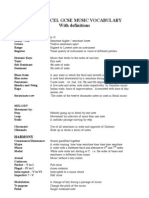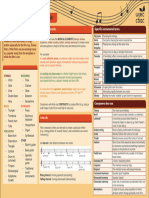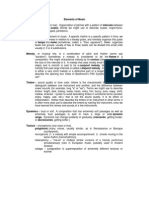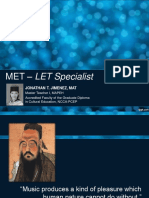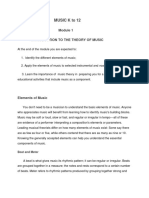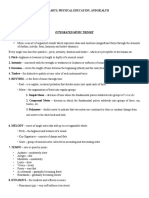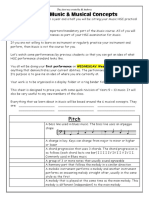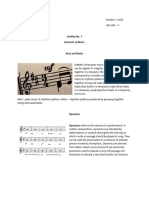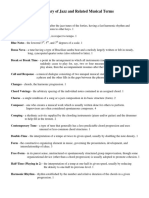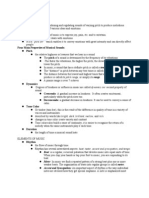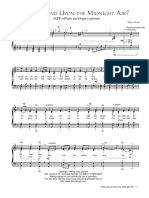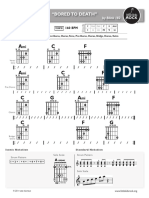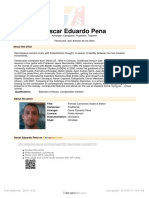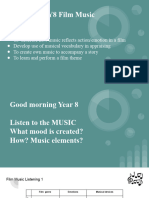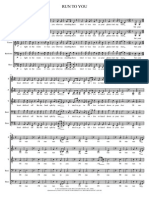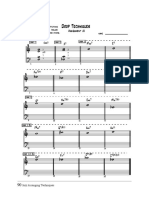0% found this document useful (0 votes)
13 views8 pagesMusic Notes
The document outlines key concepts of music, including duration, dynamics, pitch, structure, texture, and tone color, detailing various terms and techniques associated with each category. It emphasizes the importance of elements such as rhythm, melody, harmony, and dynamics in creating tension and climax within musical compositions. Additionally, it discusses the concepts of unity, variety, and contrast in music, highlighting how these elements contribute to the overall character and emotional impact of a piece.
Uploaded by
Sidney LamCopyright
© © All Rights Reserved
We take content rights seriously. If you suspect this is your content, claim it here.
Available Formats
Download as PDF, TXT or read online on Scribd
0% found this document useful (0 votes)
13 views8 pagesMusic Notes
The document outlines key concepts of music, including duration, dynamics, pitch, structure, texture, and tone color, detailing various terms and techniques associated with each category. It emphasizes the importance of elements such as rhythm, melody, harmony, and dynamics in creating tension and climax within musical compositions. Additionally, it discusses the concepts of unity, variety, and contrast in music, highlighting how these elements contribute to the overall character and emotional impact of a piece.
Uploaded by
Sidney LamCopyright
© © All Rights Reserved
We take content rights seriously. If you suspect this is your content, claim it here.
Available Formats
Download as PDF, TXT or read online on Scribd
/ 8









